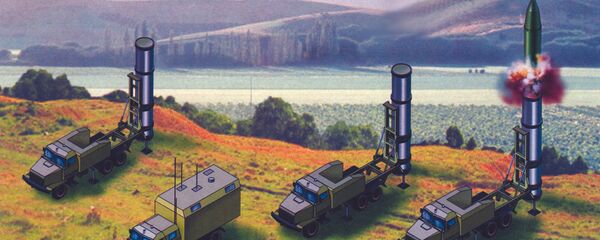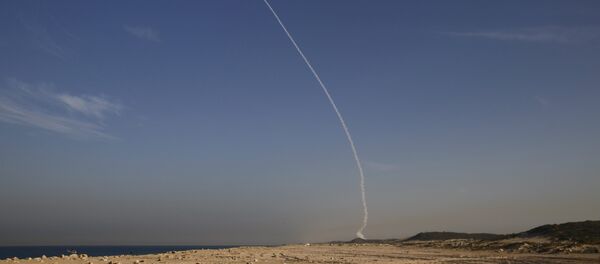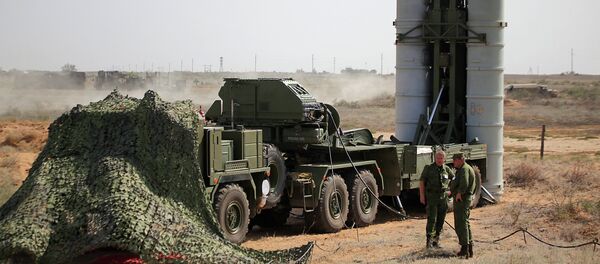Last summer, Ukrainian media reported that military engineers from the Yuzhnoye Design Bureau and the Pavlograd Chemical Plant had begun development work on the Grom-2 ('Thunder') system using money from a mysterious foreign client. That secret client was soon revealed to be Saudi Arabia, whose investors provided about one billion hryvnia ($40 million US) for the design and development of the ground-to-ground tactical short-range missile system.
At the time, experts speculated that the Saudis were looking for a system capable of firing both ballistic and cruise missile interchangeably, and Grom-2, whose initial design goes back to the early 2000s, was supposed to be fitted with two ground-to-ground missiles with a range of 280 km (upgradable to 500 km, although this would be illegal under the Missile Technology Control Regime treaty, to which Ukraine is a party).
The system was said to be so advanced that it would change the balance of power between Ukraine and Russia, and outperform and outprice the Russian 9K720 Iskander SRBM that it was meant to compete with. The missiles' unpredictable trajectory would make them immune to Russian air defenses, including the S-300 and S-400, media said.

Now, however, it looks like development on the Grom-2 has stalled, with Saudi money drying up. BMPD, a blog affiliated with the Center for Analysis of Strategies and Technologies, a respected Moscow-based think tank, has kept an eye on the development of the Grom and the Saudi connection from the start. On Thursday, BMPD reported, citing several sources from enterprises involved in the development of the Grom-2, that work on the project has been suspended.
Without getting into detail, BMPD said only that "the reason for the halt is the lack of funding from the customer from the Kingdom of Saudi Arabia for the second stage of design and development work."
Defense analysts, Ukrainian and Russian alike, are now left with the question of why the Saudis would decide to freeze financing for Grom-2 at this stage. Saudi Arabia, they recalled, had unsuccessfully sought to obtain both Russian and American systems (the Iskander and the ATACMS, respectively), but has had no luck doing so.
CAST senior fellow Andrei Frolov suggested that it's possible that Riyadh was simply unsatisfied with the results of the first stage of R&D work. Alternatively, he noted, the Saudi partners themselves may have run out of money, or Ukraine could have been pressured to stop development by its Western allies. Another option, he said, was that the Saudis may have never planned to see the project through to completion at all, and simply wanted access to the missile technology or its individual components.
"It's clear that an economy managed in this way…has difficulty coping with even the simplest of tasks, not to mention something like the development of compact ballistic missiles, and with maneuvering warheads to boot," Wasserman explained. "Therefore even though the word 'Iskander' is Arabic, or rather the Arabic pronunciation of the Greek word 'Alexander', the Arabs didn't get a chance to get these 'Iskanders' on the cheap" from Ukraine.






